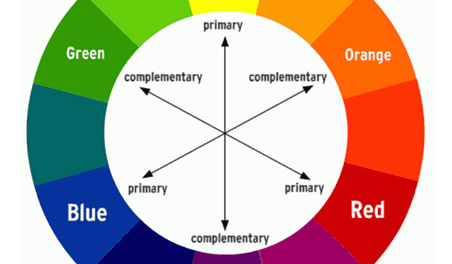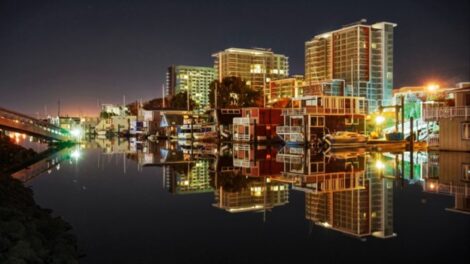DPA Magazine
Tip – Colors, Saturation and Contrast
Ask, how can different colors and color palettes bring balance?
Ask, how much saturation and contrast do I need? Study complementary colors, as well as color palettes (web designers are familiar with this)
Tip – Lights, Shadows and Backlight
Ask, how can lights and shadows make a scene more vibrant?
Ask, how can backlight make a scene more interesting?
Monochrome vs. Color
Ask, is color needed? Look at shapes and patterns.
Ask, how much contrast do I need for monochrome images?
Proportion and Compression
Ask, what size should the subject be in a scene?
Ask, how is the compression of a long lens perceived?
May 2023, Great Landscape Photographers
NEWS: Upcoming workshops July & August, new flower photo. VIEWS: Landscape photographers I admire - Ansel Adams, Eliot Porter, Steve McCurry.
Student Question and Review of Nikon D850
My daughter just graduated college and she has purchased a Nikon D850 SLR and a 18-140 lens. She would like to purchase a Nikon 70-300. Do you have any recommendations for her on that lens or a different one that may be a better choice for her?
April 2023, Flower Photography
NEWS: new spring crocus photo; Apple/Google Pay available. VIEWS: feedback on minimalism; flower photography tips.
March 2023, Simplicity vs. Complexity
NEWS: A new spring flower photo; enlarged view; buying options. VIEWS: comparison of with and without foreground branches in Hudson River image; discussion of simplicity and complexity in composition.
February 2023, Thoughts on Art
Intro to News & Views newsletter. NEWS: the 3 sections on DeliberateLight.com (Fine Art, Artifact, Classes). VIEWS: my goal in art (to be pulled out of myself); example - Hudson River Dawn full description.








